Yesterday, we saw in the light and shadow the appearance of Daixi, whether it is the so-called first meeting or the reunion of old acquaintances, we see a thousand years old town, is glowing with a new face. Her beauty is based on the traditional Chinese culture of clear cultivation and pastoral songs.
She was once a graceful woman in plain Chinese dress, with smoky eyebrows and beautiful eyes. Now she is about to become the only cosmetic production base in China, a place that leads international fashion and attracts the world's attention. What kind of soft power does she have in her body?
Today we continue our visit to Huzhou Daixi.
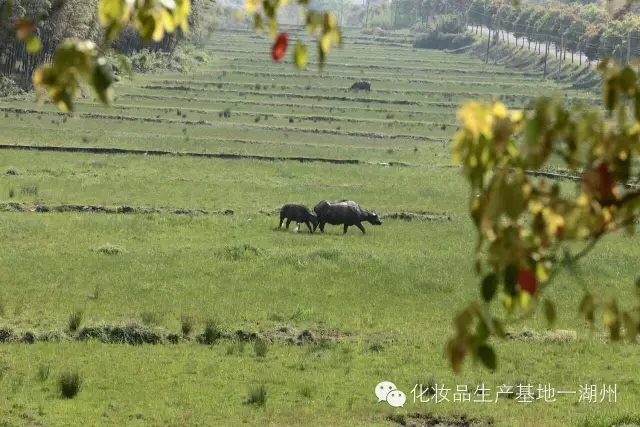
(2) Eight hundred miles of bamboo sea waves
China is the world's richest bamboo resources, the largest bamboo forest area, the earliest exploitation of bamboo resources in the country. Huzhou is the famous bamboo township in China, and bamboo occupies more than half of its total forestry land.
It has a history of nearly 2300 years since Huang Xie, one of the famous four sons of the Warring States period, started his civilization in 248 B.C. by building a water tower on the East Ipomoea River. However, the use of bamboo by the ancestors of Huzhou can be traced back to the Neolithic period more than 4,000 years ago.
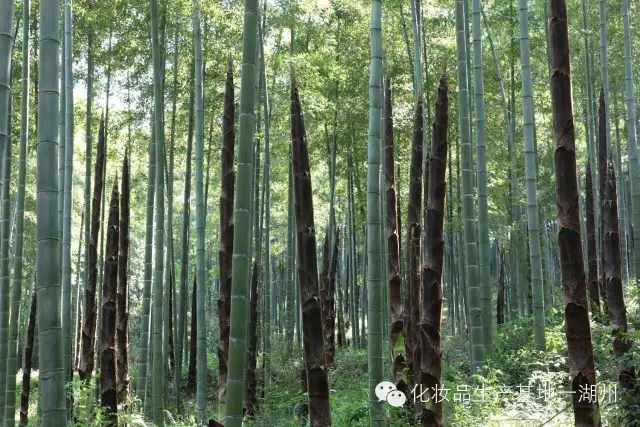
In 1958, archaeologists unearthed bamboo baskets, baskets, baskets, dustpans and mats from the Neolithic site of Qianshangyang in the southern suburb of Huzhou. These weavings used various weaving methods such as crosses, zigzags, diamond squares and plum blossom eyes, etc. The warp and weft were dense and sparse, and the shape was beautiful, indicating that the bamboo weaving technology had reached a very high level. The Institute of Archaeology of the Chinese Academy of Sciences, after carbon-14 determination, this cultural layer of peanuts, wooden pestle, bamboo rope, rice and other relics are 4,700 years ago.
In other words, as early as the Neolithic period, more than 4700 years ago, bamboo was already widely involved in the daily life of the ancestors of Huzhou, and at that time, Cangjie, the historian of the Yellow Emperor, was preparing to start creating Chinese characters.
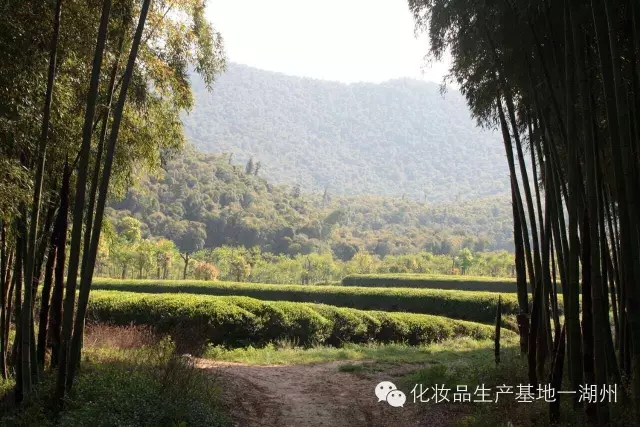
The hills within Daixi are covered with bamboo. The breeze is like the nodding of a green phoenix.
From Dianwu Village, one passes up a steep platform and arrives at the entrance to Jutian Mountain.
The dense bamboo forest is displayed in front of the eyes, bamboo trees green and straight, outstanding posture, quiet, deep and elegant. Although the tops of the bamboos are lush and green, the sky is covered by the wind. But as far as the eye can see, there is a clear view of the forest, and even the mockingbird lying on the bamboo pole can be seen clearly. In the gaps between the bamboo and the bamboo, butterflies shuttle and birds play. Where the bamboo leaves cover the area, there is no guarantee that you can find the quietly blossoming golden cicada flowers (changed by the mockingbird that cannot emerge from the ground, a valuable Chinese herb, known as the "Cordyceps" in the bamboo forest, which will be introduced in detail in the next episode), it is said that the local people will dig them up in the mountains every year when they appear. It is said that local people would dig the flowers every year when they appear in the mountains. After two months, the income is quite good.
As the mountain changes, the sea of bamboo in front of us keeps changing its shape, which is very eye-catching. The higher you go, the stronger the wind becomes. Standing on the beam of the mountain, watching the bamboo sea waves overflowing with blue water is refreshing.
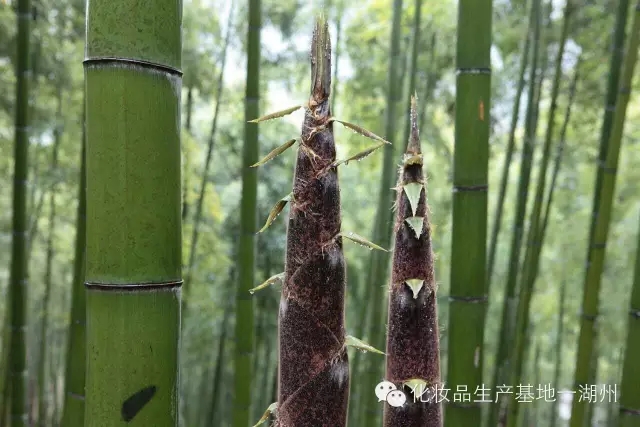
Huzhou is famous as the land of fish and rice, the capital of silk. Of course, people's production life can not live without bamboo. Farmers plowing with rakes and other farming tools with bamboo poles as a handle, picking baskets of rice is also made of bamboo, naturally also bamboo to do the flat burden. Silkworm farming is done with tools such as silkworm plaques, and caught fish and shrimp are generally loaded in fish baskets. People's daily utensils are also a large number of bamboo products: bamboo mat, bamboo couch, bamboo lady, bamboo chairs, bamboo baskets, bamboo amateur basket, bamboo sieve, bamboo broom, dustpan, etc.. Mountain people used to use bamboo tubes for tea and food and take them to the mountains....
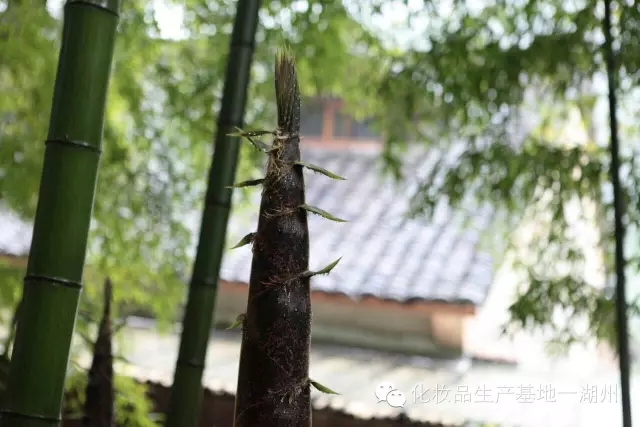
In his Song of the Fisherman's Songs, a Tang Dynasty poet Zhang Zhihe wrote in his chant of Huzhou: "Egrets fly in front of the West Cypress Mountain, peach blossoms flowing and chuatsi fish fat. Green hats, green straw raincoats, the slanting wind and drizzle need not return." The "Green Ruo Hats" worn by Zhang Zhihe, the "Fisherman of Yanbo", was also made of bamboo baskets and leaves, and the fishing rod he used to catch Mandarin fish was also made of bamboo.

The bamboos in front of us are elegant and elegant. It has always been a favorite object of painters in all dynasties.
In the first year of the Northern Song Dynasty, 61-year-old Wen Tong was appointed as the governor of Huzhou, known as Wen Huzhou. His ink and bamboo was very popular as it was a school of its own, both in form and in spirit. At the same time, Su Shi and other contemporaries studied his style, and many more followed him, thus forming the "Huzhou Bamboo School", and Wen Tong became a master of his art.
Wen Tong's bamboo painting confidant, Su Shi, was the governor of Huzhou. In his life, Su Shi loved bamboo, "can make food without meat, can not live without bamboo. He was an important figure in the Huzhou Bamboo School, and he drew bamboo well. After the death of Wen Tong, Su Shi summed up Wen Tong's theory of bamboo painting, and put forward the idea of "must first become bamboo in the chest".
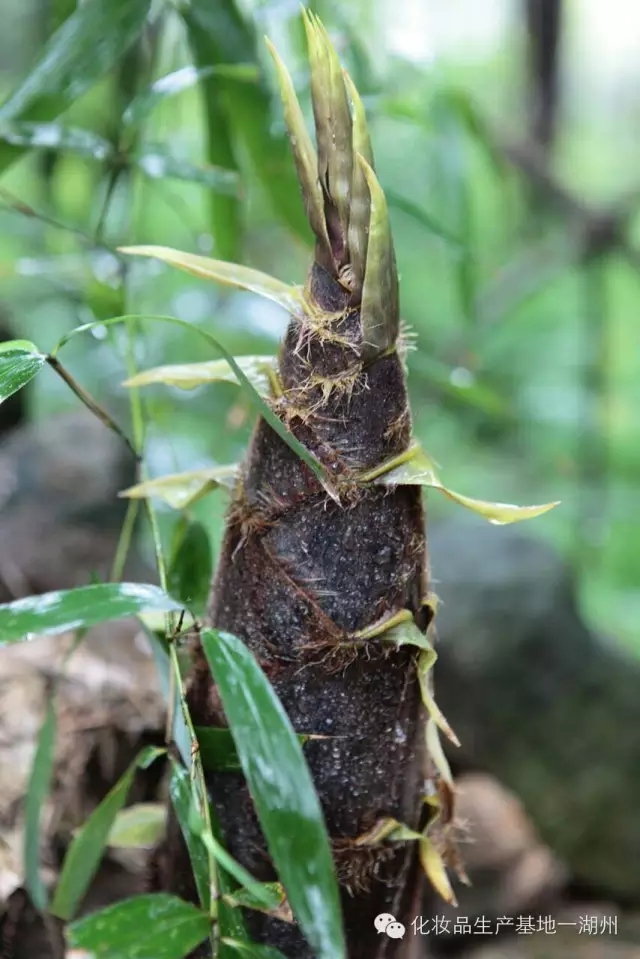
The Yuan Dynasty was the peak of Chinese ink and bamboo painting. Zhao Mengfu, a great calligrapher and master of Zhejiang Wuxing (present-day Huzhou), advocated the same origin of calligraphy and painting, and painted a unique combination of virtual and real bamboos.

In the Ming Dynasty, Xu Wei created freehand ink and bamboo painting, which developed into the late Qing Dynasty. The Anji-born Wu Changshuo, as a leading figure of the sea painting school, created freehand ink and bamboo painting with vivid ink and water, which was natural and natural, creating a new style of painting. And will spend his life in bamboo painter - Zheng Xie (Zheng Banqiao), but also left us a lot of bamboo painting, and in the art of painting bamboo more innovative, theoretical summary.
Bamboo is long and upright, pavilion straight up, solemn and upright, neutral, since ancient times is also a favorite of poets. Poetry and song in many literary works can often see them.
In the long thousands of years of historical development in the long river, bamboo and people's lives are closely related, and on the record, more than a drop in the ocean!
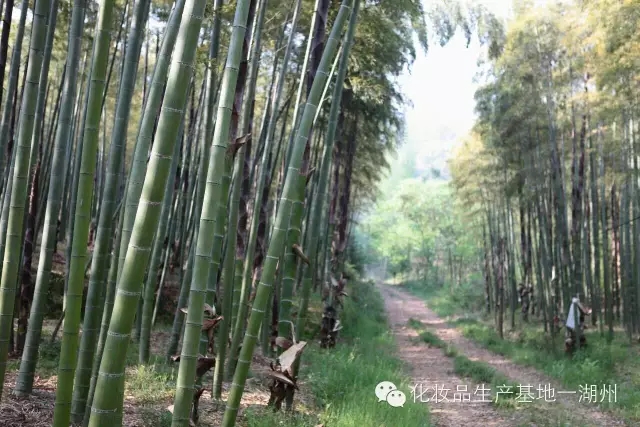
Editor's referencee.
This article was written with reference to the literature of local Huzhou writers, "Huzhou Bamboo School and Chinese Humanism" (by Fan Bin, Ma Qingyun and Xue Shuaijie) and "The Only Way to Amuse Yourself with Bamboo in the Cold" (by Wei Liang).

浙公网安备 33050202000707号
Legal Notices丨Regulations丨